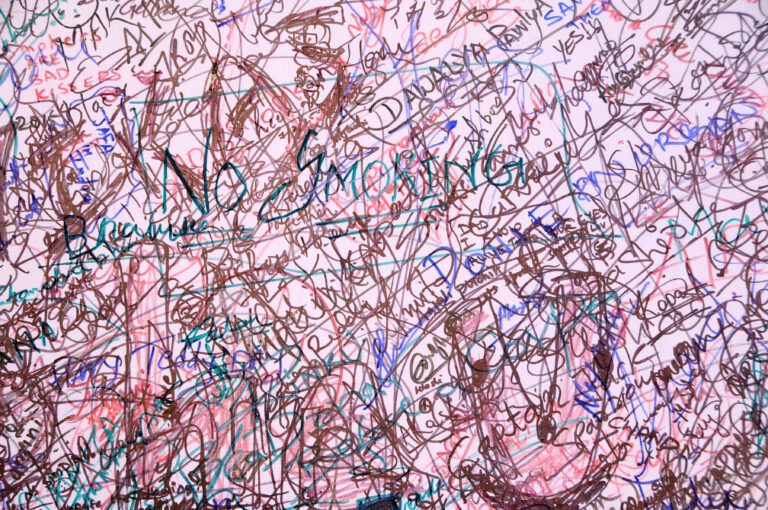Many traditional interpretations of ṣalāt are based on hadith literature, which describes a fixed ritual of rakʿāt (units of prayer) and specific rules. The question is: is this ritual form necessary according to the Qur’an itself?
Here’s how we can refute this notion using only the Qur’an as the primary source:

1. The Qur’an Does Not Define Ṣalāt as a Ritual with Rakʿāt
🔹 The core argument: Nowhere in the Qur’an is rakʿāt mentioned, nor is there any specific number of movements required for ṣalāt.
🔹 What does the Qur’an say instead?
The Qur’an consistently links ṣalāt to devotion, steadfastness, and spiritual awareness, not to a fixed physical ritual.
For example:
“And establish ṣalāt for My remembrance.” (20:14)
🔹 This highlights spiritual connection rather than a sequence of physical acts.“Those who maintain their ṣalāt and do not become distracted.” (70:23)
🔹 This implies a constant state of connection rather than a fixed ritual.
📌 Conclusion: The Qur’an commands ṣalāt as a conscious and active devotion to Allah, without prescribing a set number of rakʿāt.
2. If the Form of Ṣalāt Was Essential, the Qur’an Would Have Detailed It
🔹 The core argument: If ṣalāt was meant to be performed in a strict format with a set number of rakʿāt, why doesn’t the Qur’an specify it?
“We have not neglected anything in the Book.” (6:38)
🔹 This verse affirms that the Qur’an is complete and does not require external sources for essential obligations.
📌 A question for traditionalists:
👉 If rakʿāt were essential, why doesn’t the Qur’an provide clear instructions on them, as it does for fasting or zakāt?
3. The Argument from Chapter 9 and the Alleged Two Rakʿāt Ṣalāt
Some argue that Surah 9 implies that ṣalāt consists of two rakʿāt, particularly during travel or wartime.
🔍 Analyzing the argument:
A commonly cited verse is 9:103:
“Take from their wealth a zakāt by which you cleanse them and purify them, and support them.”
🔹 However, nowhere in Chapter 9 is the number of rakʿāt for ṣalāt mentioned!
The only verse discussing shortened ṣalāt is 4:101:
“And when you travel among the disbelievers, there is no blame upon you if you shorten the ṣalāt if you fear they may harm you.”
🔹 This verse mentions shortening ṣalāt without specifying an original number of rakʿāt.
📌 Conclusion:
👉 Nowhere does the Qur’an state that ṣalāt consists of two rakʿāt. This claim is a later hadith-based interpretation, not a Qur’anic one.
4. The Historical Reality: Hadith Came Much Later
🔹 The core argument: Hadith literature only emerged over 200 years after the Prophet’s death.
📌 Fact: The first official hadith collections were codified under the Abbasid rule, long after the Prophet’s time.
🔹 What does this mean?
- Hadith is not part of the original revelation—the Qur’an is.
- If ṣalāt depended on hadith, how did the first Muslims practice it before hadith collections even existed?
📌 Conclusion:
👉 The hadith-based ṣalāt is a later human invention, not a direct Qur’anic command.
5. What Does Ṣalāt Truly Mean According to the Qur’an?
By following the Qur’an alone, we see that ṣalāt means:
✔ An active and conscious connection with Allah.
✔ A continuous state of spiritual alignment.
✔ A moral and ethical stance, linked to justice (zakāt).
📌 A final question for hadith-followers:
👉 Why rely on human narrations to define ṣalāt when the Qur’an is sufficient and does not describe it as a rigid ritual with rakʿāt?
Conclusion
The Qur’an presents ṣalāt as a state of devotion and submission to Allah, not as a prescribed ritual with a fixed number of rakʿāt. The argument from Chapter 9 and hadith-based ṣalāt can easily be refuted by:
✔ Pointing out the absence of rakʿāt in the Qur’an.
✔ Emphasizing that the Qur’an is a complete guide (6:38).
✔ Showing that hadith literature emerged later and is not part of divine revelation.
💡 True ṣalāt is a constant connection to Allah, free from rigid formulas and human-made additions. 🚀




